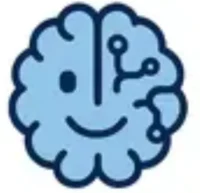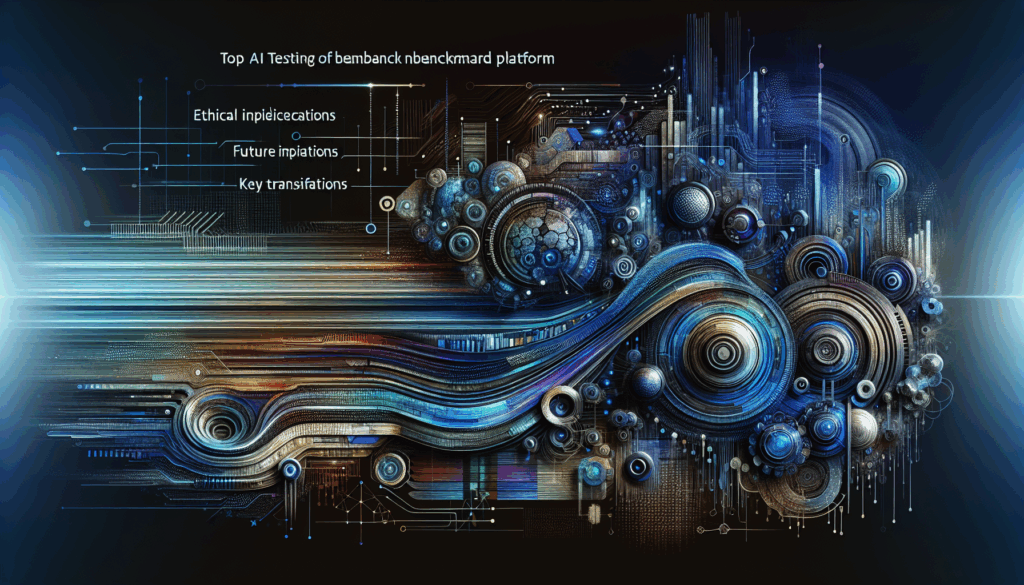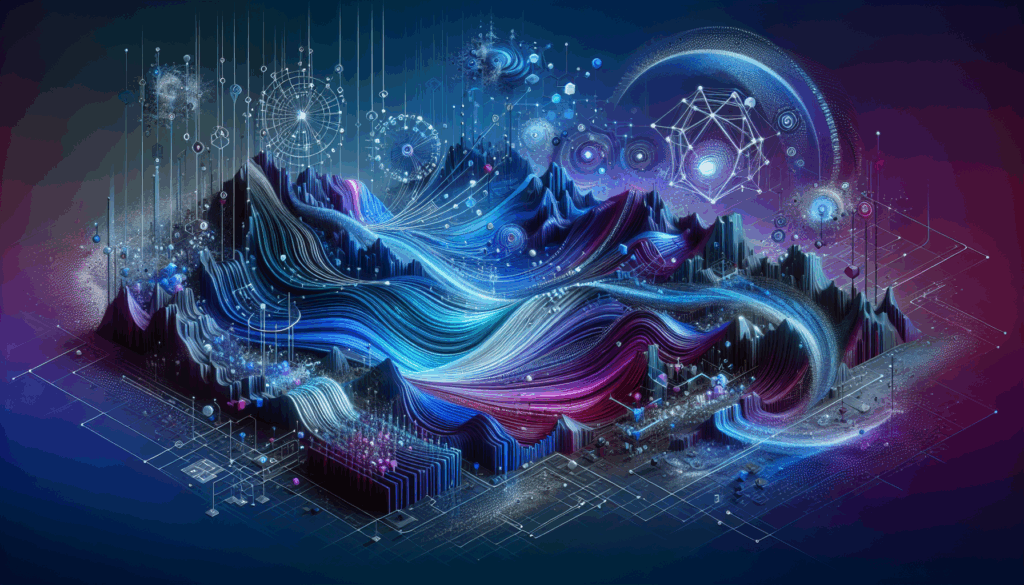=
ArtifactsBench: The New Benchmark Revolutionizing Creative AI Testing
Introduction: Why ArtifactsBench Matters in Creative AI Testing
As AI technologies continue to evolve, the need to rigorously evaluate creative AI models has become paramount. Traditional AI model evaluation has primarily concentrated on the technical correctness of code: does it run? Does it produce expected outputs? However, functionality alone is no longer sufficient when AI increasingly powers creative domains where aesthetics, user experience, and interaction quality are critical.
Enter ArtifactsBench, a breakthrough framework launched by Tencent that redefines AI model evaluation for creative AI testing. This new benchmark transcends binary correctness checks by integrating visual and experiential assessment alongside functionality. It addresses a critical gap: measuring how well AI models generate not just working code but visually pleasing, user-friendly, and engaging applications.
Imagine judging a painting solely by its lines without considering color, balance, or emotional impact. Similarly, evaluating AI-generated creative applications requires a holistic approach that ArtifactsBench provides. By combining code execution, screenshot captures, and automated multimodal analysis, ArtifactsBench promises a more comprehensive metric system, opening doors for deeper insights and innovation in AI-driven creativity.
Background: The Evolution of AI Model Evaluation and the Rise of Tencent AI Benchmark
Historically, AI model evaluation has focused chiefly on functional correctness — does the AI’s output adhere to formal rules, execute error-free, and meet preset conditions? Benchmarks such as unit tests, code correctness scores, and functional simulation have long dominated the field. While adequate for general AI applications, this focus leaves key creative dimensions unexplored.
Creative AI models are increasingly used in domains where visual quality, design aesthetics, user interaction, and emotional appeal are just as critical as functionality. However, existing benchmarks largely neglect these facets, creating a notable evaluation gap. Evaluating the quality of AI-generated art, games, or interactive apps demands tools that consider these multidimensional criteria.
Tencent’s ArtifactsBench emerges as a pioneering solution to this challenge. As part of the broader Tencent AI benchmark ecosystem, it integrates AI automation tools to systematically test AI code in sandboxed environments, capturing visual outputs as screenshots and feeding these into a specialized Multimodal Large Language Model (MLLM). This setup enables an intelligent, automated critique resembling human artistic judgments, assessing ten metrics spanning functionality, user experience, and visual aesthetics.
By leveraging such innovations, Tencent situates itself at the forefront of advancing not only AI model evaluation but also creative AI testing, setting a new precedent for future benchmarks that balance technical reliability with artistic sophistication.
Trend: Growing Importance of Creative AI Testing in the AI Industry
As AI penetrates creative fields—from graphic design to interactive media—user expectations have evolved. It is no longer adequate for AI models to generate only working code; users demand outputs that are compelling, beautiful, and enjoyable.
ArtifactsBench has underscored this trend through its evaluation of more than 30 leading AI models spanning generalist and specialized architectures. Its benchmarking results reveal a fascinating insight: general-purpose AI models frequently surpass specialized models in creative coding tasks, demonstrating superior reasoning, instruction-following, and implicit design sense. These capabilities enable AI to produce nuanced, aesthetically pleasing applications that resonate with human users.
This aligns with broader industry observations. Companies seek to deploy AI systems capable of harmonizing coding efficiency with design intuition, enhancing user engagement across digital products. ArtifactsBench’s comprehensive scoring—capturing factors like functionality, user experience, and visual appeal—offers a robust framework for such nuanced assessment.
A practical analogy can be drawn with automobile quality evaluation: whereas conventional tests measure engine performance and safety, modern assessments include comfort, interior design, and driver satisfaction metrics. Similarly, creative AI testing reflects this holistic approach, validating not just “mechanical” correctness but the full spectrum of end-user value.
The implications for AI developers and product teams are profound. Those who adopt benchmarks like ArtifactsBench gain detailed insights into their models’ creative strengths and weaknesses, enabling them to fine-tune offerings that delight users rather than merely functioning.
Insight: How ArtifactsBench Sets a New Standard for AI Model Evaluation
ArtifactsBench reimagines AI evaluation through a unique multimodal approach that blends code execution with advanced perceptual analysis.
Key process highlights include:
- Running AI-generated code snippets in a secure sandbox environment to prevent potential risks while enabling dynamic output capture.
- Collecting multiple screenshots over time to track UI evolution, responsiveness, and visual consistency.
- Applying a detailed, per-task checklist that scores outcomes across ten diverse metrics, such as functionality, user experience, and aesthetic quality.
- Utilizing a Multimodal Large Language Model (MLLM) designed to interpret both visual data and textual context, functioning as an automated art critic.
This interplay between automated code testing and holistic visual assessment sets ArtifactsBench apart from conventional evaluation methods that rely solely on functional or syntax correctness.
Tencent demonstrated the benchmark’s impressive fidelity by comparing its rankings with those derived from WebDev Arena, a gold-standard human voting platform for AI-generated creative works. The results showed an exceptional 94.4% consistency with human evaluations, a stark improvement over older automated benchmarks that only managed around 69.4%.
ArtifactsBench’s judgments also showed over 90% agreement with professional human developers, illustrating its practical applicability and reliability. This proves that AI automation tools can effectively complement and sometimes even reproduce human critical review in fields traditionally considered subjective, like art and design.
Such a framework promises to accelerate the AI development cycle by providing near-real-time, nuanced feedback to AI researchers and developers seeking to elevate the creative impact of their models.
Forecast: The Future of AI Model Evaluation and AI Automation Tools with ArtifactsBench
Looking ahead, ArtifactsBench is poised to reshape the landscape of AI model evaluation and creative development.
- Broader adoption: As awareness spreads of the limitations of traditional correctness tests, industries will increasingly incorporate benchmarks like ArtifactsBench that embrace multimodal criteria, better reflecting end-user satisfaction.
- Evolution of AI automation tools: ArtifactsBench’s use of Multimodal LLMs to critique outputs hints at future AI systems that can autonomously assess and refine their creative outputs, drastically reducing human oversight burdens.
- Enhanced AI development cycles: Developers will have access to richer, multidimensional feedback loops, empowering rapid experimentation and iterative improvement focused on usability and aesthetics.
- Improved creative AI applications: By measuring design quality alongside functionality, AI will advance towards producing applications that not only work reliably but also engage users emotionally and intuitively.
In essence, ArtifactsBench marks a shift toward evaluating AI not just as a technical instrument, but as a creative partner, capable of harmonizing reasoning, design sensibility, and interactive intelligence.
Call to Action: Embrace ArtifactsBench to Advance Creative AI Testing
For AI developers, researchers, and organizations committed to pushing the bounds of creative AI, integrating ArtifactsBench into your evaluation workflow is essential.
- Leverage Tencent’s comprehensive benchmark to gain actionable insights beyond code correctness.
- Access available resources and implementation guidance on Tencent’s announcement and coverage, facilitating smooth integration.
- Contribute to the development and refinement of AI automation tools by sharing feedback and results within the community.
- Stay informed on the latest advances in creative AI testing and related technologies to foster continuous innovation.
By adopting ArtifactsBench, the AI community can collectively elevate the standards for model evaluation, ensuring AI creativity fulfills both functional and aesthetic aspirations, ultimately enriching user experiences worldwide.
Related Articles:
References:
- Tencent’s introduction of ArtifactsBench moves AI testing beyond code functionality to a multimodal evaluation combining aesthetics and user experience (Artificial Intelligence News).



